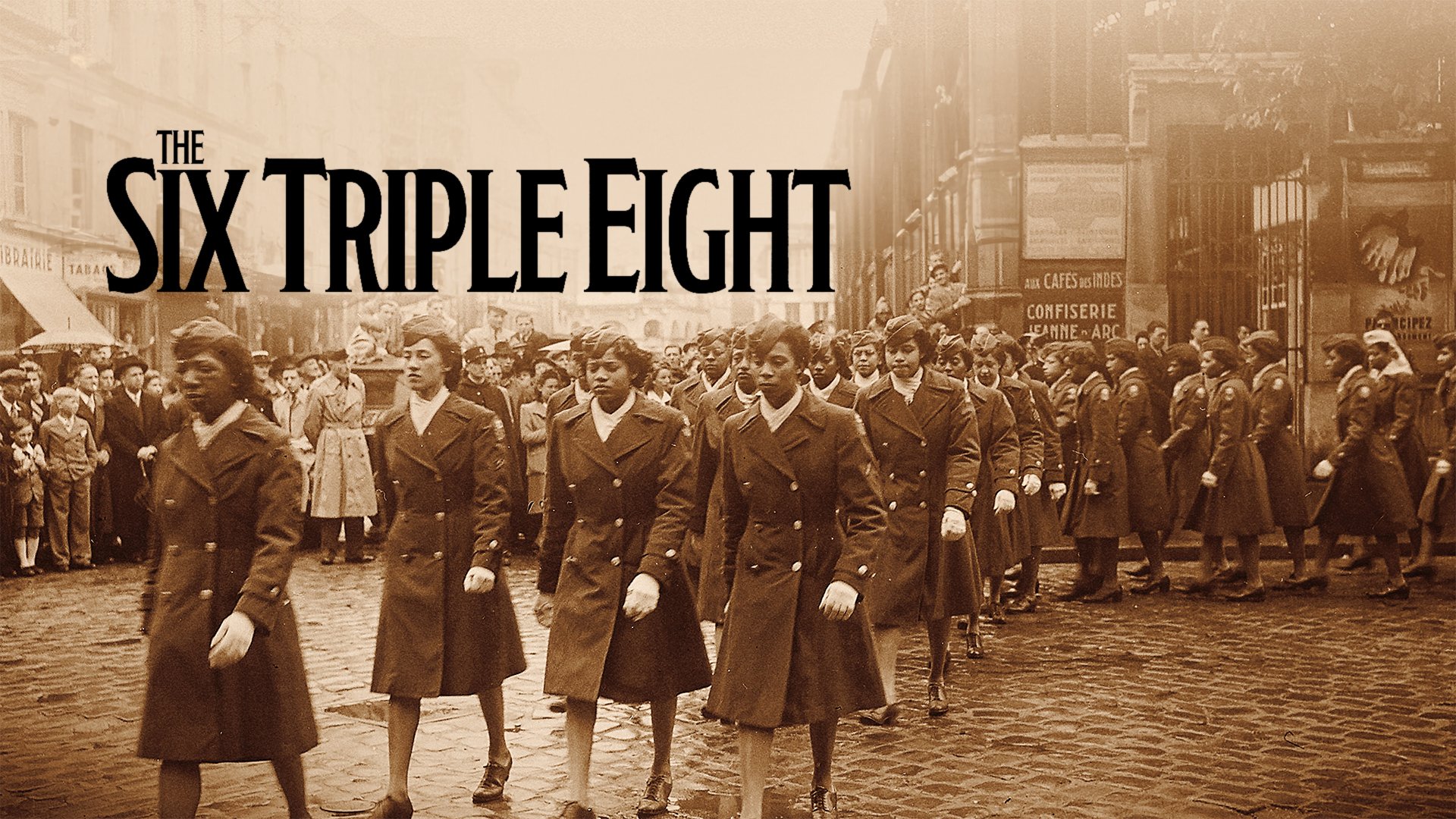The Six Triple Eight: The Untold Story of Black Women’s Resilience
Netflix’s The Six Triple Eight, directed by Tyler Perry and starring Kerry Washington, takes us on a profound journey into the lives of the extraordinary women of the 6888 Central Postal Directory Battalion. These trailblazers were the first and only Women’s Army Corps unit of color stationed in Europe during World War II. Tasked with the herculean mission of clearing a two-year backlog of 17 million pieces of mail, these women overcame systemic racism, sexism, and a lack of resources. This film reclaims their stories, presenting an opportunity for the world to honor their sacrifices and resilience.
Storytelling, at its core, is a vessel for reclaiming history and amplifying voices that have too often been silenced. The Six Triple Eight is more than a film—it is a narrative of triumph, a testament to the power of Black women’s stories, and an essential chapter in the collective history of a community that has long fought for recognition and respect.
Uneven Integration: Race, Gender, and the U.S. Military
The Six Triple Eight provides an intimate look at how the military, like society, mirrored the inequalities of its time. These women were pioneers, navigating dual barriers of race and gender in an environment steeped in discrimination.
1. A Legacy of Service Amid Inequality
From Crispus Attucks to the Buffalo Soldiers, Harlem Hellfighters, and Tuskegee Airmen, Black service members have played pivotal roles in American military history. The Six Triple Eight adds to this legacy, illustrating how Black women not only served but excelled despite systemic oppression.
2. The Weight of Intersectionality
These women bore the unique burden of being both Black and female, two identities that, historically, have been marginalized in tandem. The Six Triple Eight shows how these dual challenges shaped their service and, ultimately, their legacy.
3. Reflecting Broader Societal Struggles
Their story reminds us that the military’s challenges with integration were not isolated—they were a reflection of broader societal struggles with race and gender equity.
Storytelling at the Intersection of Race and Gender
The Six Triple Eight is more than a historical recounting—it is an act of reclamation. It acknowledges the pressures placed on these women to not only serve but to represent their entire community.
1. The Need to Be Seen and Valued
For the women of the Six Triple Eight, service was more than a duty; it was a means to assert their humanity in a system designed to marginalize them. Their story highlights the universal human need to be seen, heard, and valued.
2. Representing a Community Through Stories
Every step these women took was weighted with the knowledge that their success—or failure—would reflect on an entire race and gender. Their stories are a collective representation of triumph and resilience, a narrative carried forward by the film.
3. Reframing Hard Work as Heroism
Black women have long been asked to work twice as hard, carry the burdens of representation, and push through insurmountable challenges. The Six Triple Eight reframes this narrative, honoring their contributions as heroic rather than merely expected.
Why This Story Matters in Today’s Landscape
The stories of the Six Triple Eight resonate deeply because they are not just history—they are a mirror to the ongoing struggles Black women face today in receiving recognition and respect.
1. Acknowledging Their Sacrifices
Films like The Six Triple Eight and the documentary on Tubi ensure that we say these women’s names and honor their sacrifices. Storytelling becomes a means to preserve their legacy and assert their place in history.
2. Drawing Parallels to Modern Struggles
The barriers these women faced—racism, sexism, and the pressure to be exceptional—persist for many Black women today. Their story serves as a reminder of the work still to be done in creating equitable spaces.
3. A Personal Connection to Storytelling
As someone who deeply believes in the power of stories, this narrative affirms my passion for my own project, The Day Black Women Decided to Take a 4-Year Vacation. Like the Six Triple Eight, my work seeks to create space for Black women to tell their own stories, acknowledge their contributions, and prioritize their well-being.
an invitation to celebrate the resilience, strength, and contributions of Black women
The Six Triple Eight is more than a film—it is a restoration of history and an invitation to celebrate the resilience, strength, and contributions of Black women. It challenges us to not only honor their legacy but to continue amplifying the voices of Black women whose stories remain untold.
Through storytelling, we preserve the past, inspire the present, and shape the future. As we celebrate the women of the Six Triple Eight, let us also recommit to saying their names, sharing their stories, and supporting the Black women around us who continue to forge paths of resilience and brilliance.
Watch The Six Triple Eight on Netflix and the accompanying documentary on Tubi to immerse yourself in this remarkable story. Share their names, their sacrifices, and their triumphs. Together, let’s keep their stories alive and honor the legacy of Black women whose contributions have shaped history.
Yours in story,
Dr. Jasmine



